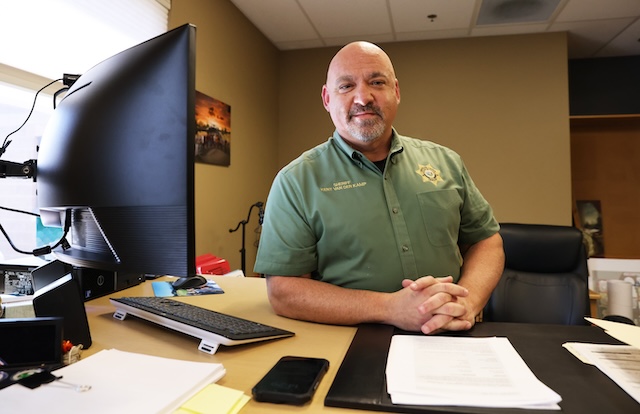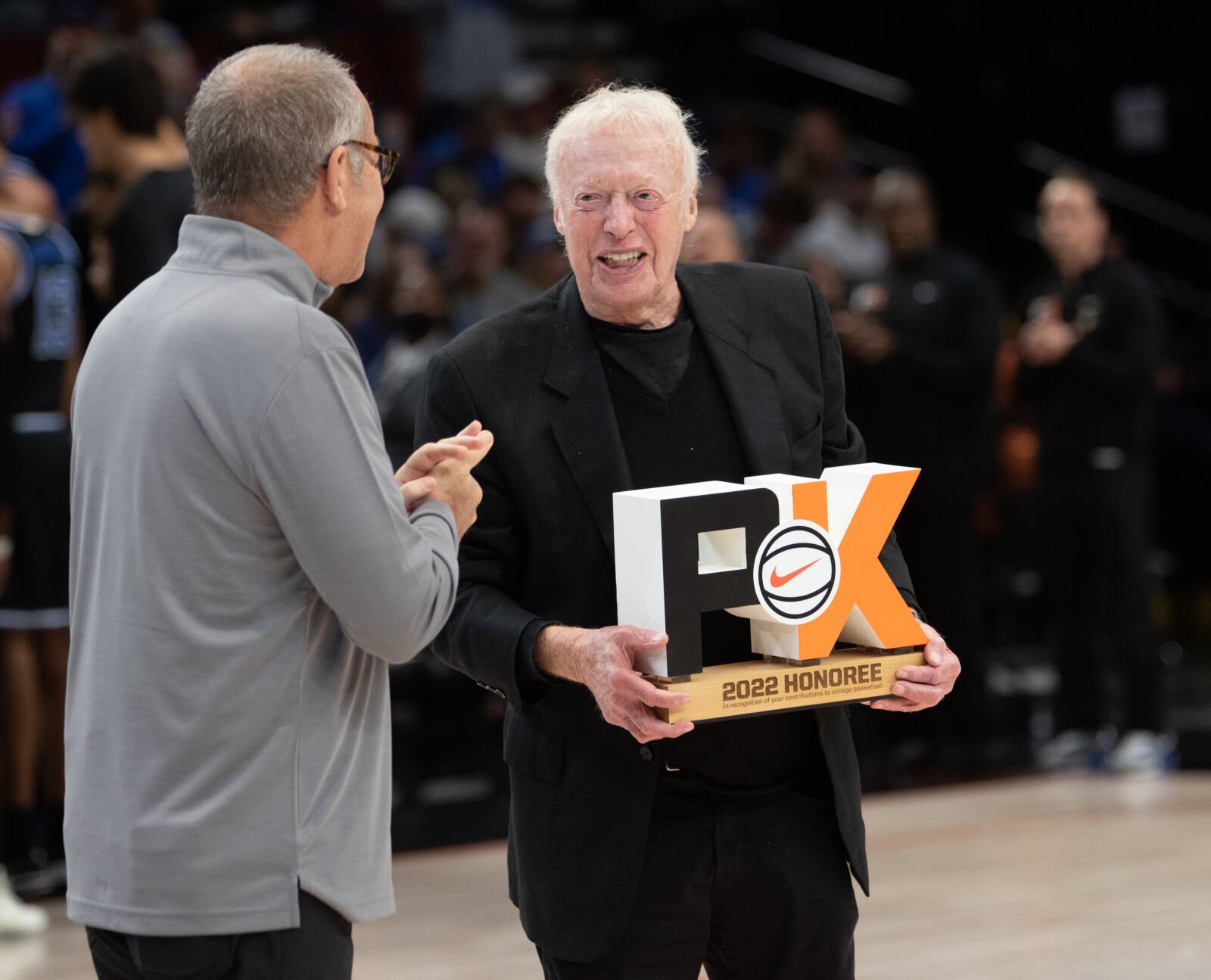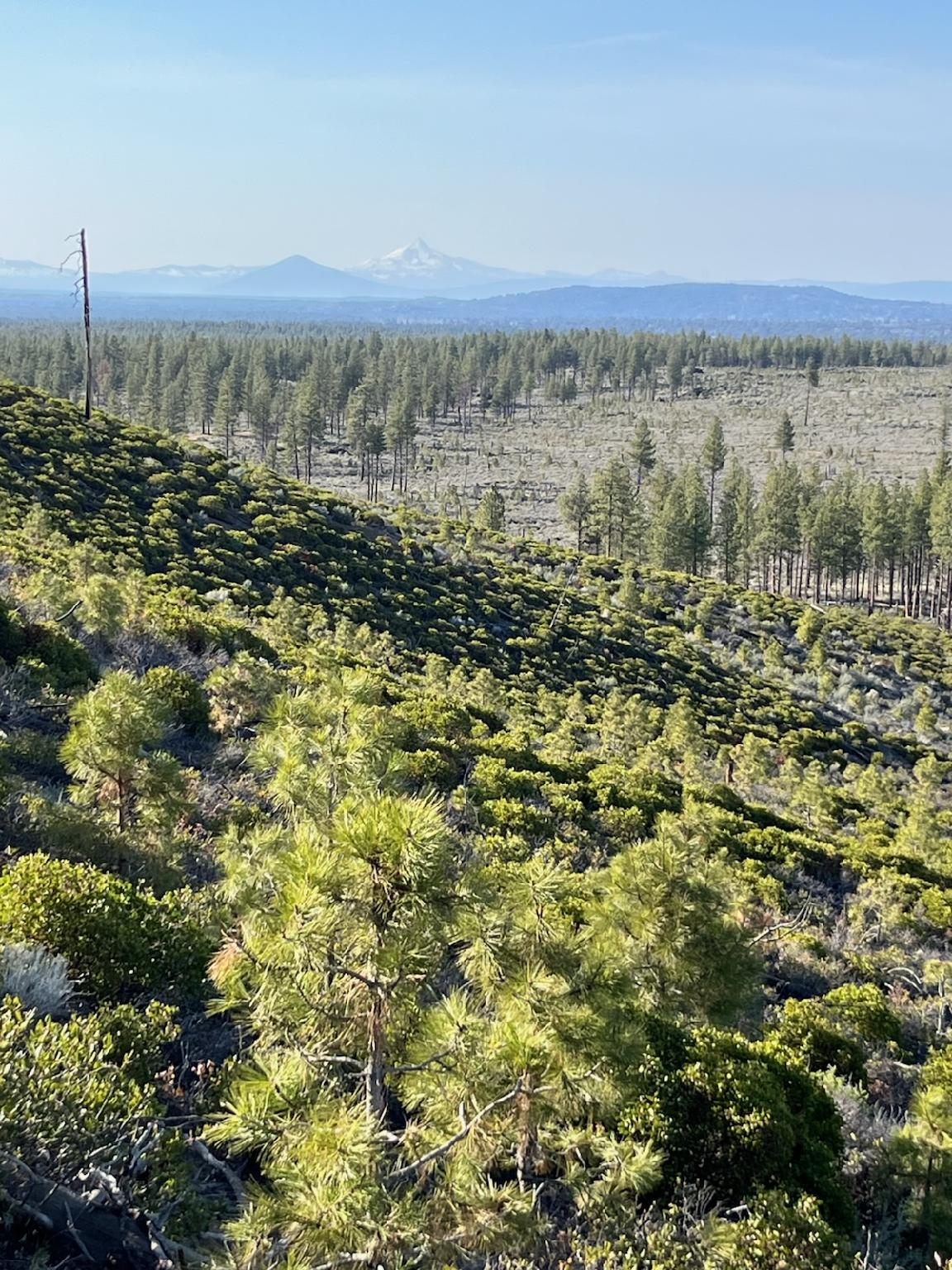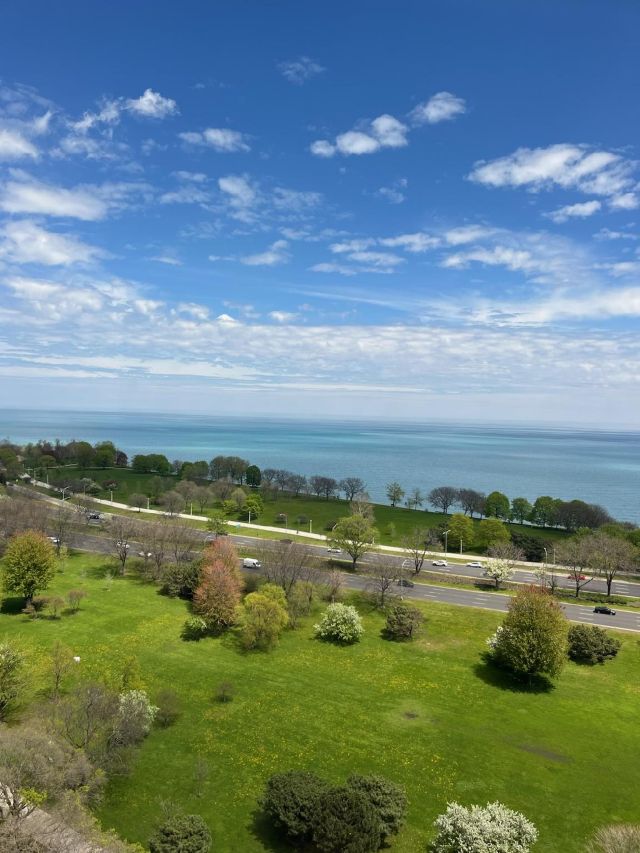Cap on billboards to be reinstated
Published 5:00 am Sunday, May 20, 2007
SALEM – Taking advantage of a 2006 Oregon Supreme Court decision that invalidated the state’s curbs on outdoor advertising, a developer erected two mammoth billboards in the scenic corridor between Gresham and Mount Hood along U.S. Highway 26.
A line of new billboards is sprouting along Interstate 5 in Myrtle Creek in Southern Oregon.
And in Central Oregon, companies proposed seven billboards along U.S. Highway 97, although state officials – whose permit authority has been in limbo – said last week they don’t know whether any of them were actually constructed. If those signs haven’t been built, it’s probably too late.
Spurred by fears that more of the state’s high-traffic corridors such as the stretch between Bend and Redmond could be filled with billboards, the state assembly closed the window on the building spree last week when lawmakers gave final approval to reinstating Oregon’s outdoor advertising law.
That law includes a new cap on the number of billboards allowed in the state.
House Bill 2273 now heads to the desk of Gov. Ted Kulongoski and, because it has an emergency clause, it will go into effect immediately when he signs it into law.
”People have been racing to put billboards where they couldn’t do it before,” said Sen. Rick Metsger, D-Welches, the chairman of the Senate Business, Transportation, and Workforce Development Committee.
His district includes Hood River County, the Columbia Gorge and the city of Sandy, near where the new Highway 26 billboards now obstruct once panoramic vistas, he said.
Oregon’s billboard laws were among the nation’s strictest before the Supreme Court overturned the billboard law in response to a technical challenge.
In that case, the court ruled that, because the state allowed people to erect new billboards on their land to advertise goods or services available on-site, the state also had to allow billboards advertising things off-site.
That decision also overturned the state’s cap on billboards and the requirement to get permits through the highway department.
All states need to control outdoor advertising under the federal Highway Beautification Act of 1965. The law passed in Oregon in 1971 went beyond the federal law because it prohibited signs in scenic corridors and capped the number of signs at about 2,000.
Because the Oregon law was nullified, the state risked losing 10 percent of its federal highway funds if a replacement law wasn’t passed, said Sen. Betsy Johnson, D-Scappoose, the floor sponsor of the bill.
The new law allows the state to again permit billboards, and any new signs that were erected in the past year can remain standing.
”The cap is the number of billboards allowed on the new magic date when the law goes into effect,” said Amy Joyce, sign program coordinator for the Oregon Department of Transportation.
To be allowed under the new cap, new signs need to be constructed. Just being on the drawing board isn’t enough, she said.
Lawmakers also agreed to convene a study group to consider changes to the billboard law, such as allowing more of them – which could drive down the cost of existing billboard space – and how to deal with new technology such as animated displays, she said.
The revised law will cost about $500,000 more to administer each biennium because the state will evaluate billboards on a case-by-case basis, Johnson said.
While the state caps the number of billboards, those signs can be taken down and relocated.
Critics say the limited number forces up the price for people who want to buy billboard space, and also keeps new businesses from entering the Oregon market because roughly 75 percent of the billboards are owned by just a few companies, such as ClearChannel and CBS Outdoor.
Four states prohibit billboards, including Alaska and Hawaii.
During negotiations, nobody talked about banning billboards in Oregon, Joyce said.






